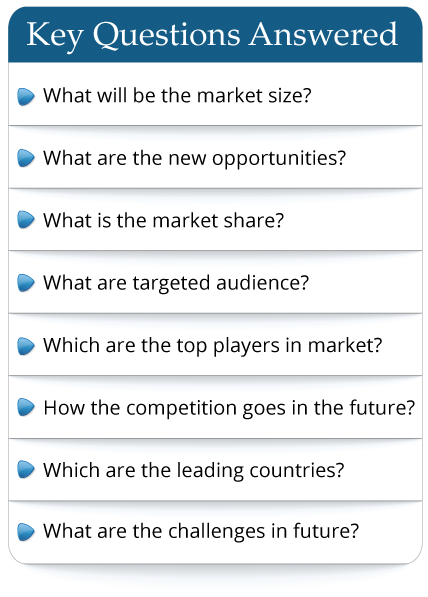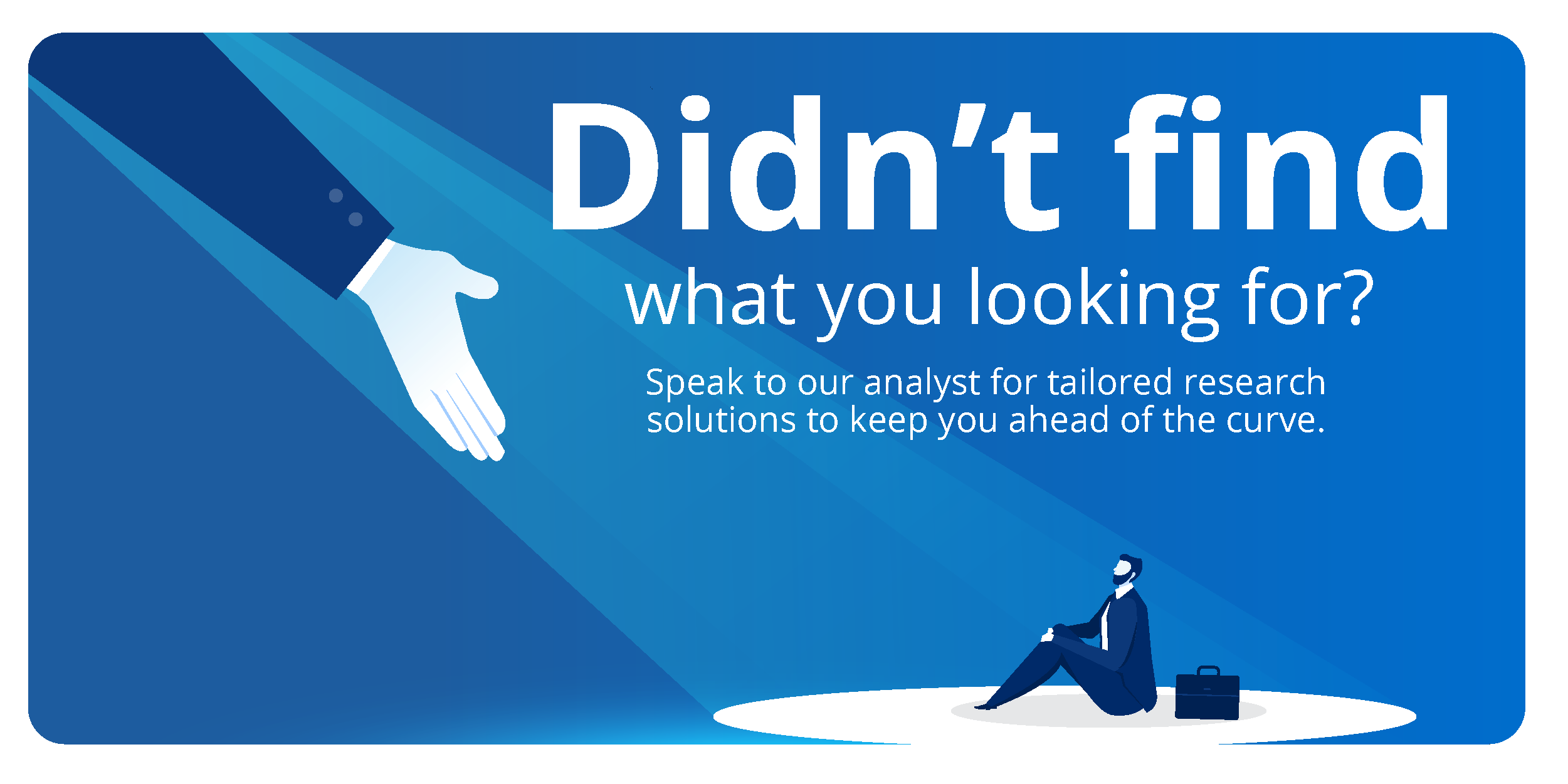Global Drug Repurposing Market Insights and Forecast to 2028
Drug repurposing or re-profiling has been the hallmark to bring strong business growth and the trend is being followed by majority of the pharmaceutical and biopharmaceutical companies. Among all biologics approved in the U.S. during 2007-2009, 30-40% of them were the drugs repurposed or repositioned. National Institute of Health (NIH), U.S. Department of Health defines drug repurposing as discovering new uses for approved drugs to provide the quickest possible transition from bench to bedside. Drug repurposing opens up various opportunities to answer current unmet medical needs to come up with cost-effective solutions to expensive drug development process. Repurposing or re-profiling of drugs which are suspended due to lack of efficacy or specificity can be a good start over for further development for new indication. Finding new indications for already studied drugs can benefit patients by getting quick access to new treatment choices and also to developer by saving time and money while maintaining its original IP protection. For many expensive indications such as cancer, scrutinizing for anti-cancer activity among dozens of off-patent drugs that have already established their safety is a powerful method opted by majority of the big pharma companies. However, repurposing is not a new strategy and there are bunch of drugs which are repositioned or repurposed, some of them are Raloxifene (approved for treatment of osteoporosis in 2007, originally indicated for breast cancer treatment), Thalidomide (repositioned for use in treatment of leprosy and multiple myeloma in 2006), Rapamycin (repurposed in 1999 for prevention of organ transplant rejection), Sildenafil (originally approved for erectile dysfunction and recently got approved for treatment of angina) and many others.
Market Analysis and Insights: Global Drug Repurposing Market
The global Drug Repurposing market size is projected to reach US$ 30920 million by 2028, from US$ 24570 million in 2021, at a CAGR of 2.9% during 2022-2028.
Requirement of low investment of time and money in the drug development is the prime advantage of drug repurposing and majority of the drugs in pipeline of major pharmaceutical companies are thus adopt this method. Some of the factors accelerating the drug repurposing activities include sunk research cost, ready availably of bioavailability, pharmacology, toxicity profile & pharmacokinetics data, well established manufacturing protocol etc.; which are expected to drive the global drug repurposing market. There are thousands of failed molecules shelved into the drug libraries, which hold vast potential to reposition. Whereas, limited access chemical structure data of drug molecules, lack of funding etc. are some of the factors limiting the growth of global drug repurposing market.
With industry-standard accuracy in analysis and high data integrity, the report makes a brilliant attempt to unveil key opportunities available in the global Drug Repurposing market to help players in achieving a strong market position. Buyers of the report can access verified and reliable market forecasts, including those for the overall size of the global Drug Repurposing market in terms of revenue.
Overall, the report proves to be an effective tool that players can use to gain a competitive edge over their competitors and ensure lasting success in the global Drug Repurposing market. All of the findings, data, and information provided in the report are validated and revalidated with the help of trustworthy sources. The analysts who have authored the report took a unique and industry-best research and analysis approach for an in-depth study of the global Drug Repurposing market.
Global Drug Repurposing Scope and Market Size
Drug Repurposing market is segmented by players, region (country), by Type and by Application. Players, stakeholders, and other participants in the global Drug Repurposing market will be able to gain the upper hand as they use the report as a powerful resource. The segmental analysis focuses on revenue and forecast by Type and by Application for the period 2017-2028.
Segment by Type
Oncology
CNS Diseases
Neurodegenerative Diseases
Others
Segment by Application
Hospitals
Ambulatory Surgical Centers
Others
By Company
Astellas Pharma
Biovista
Novartis
AbbVie
Pfizer
Allergan
NuMedii
By Region
North America
United States
Canada
Europe
Germany
France
UK
Italy
Russia
Nordic Countries
Rest of Europe
Asia-Pacific
China
Japan
South Korea
Southeast Asia
India
Australia
Rest of Asia
Latin America
Mexico
Brazil
Rest of Latin America
Middle East & Africa
Turkey
Saudi Arabia
UAE
Rest of MEA
Market Analysis and Insights: Global Drug Repurposing Market
The global Drug Repurposing market size is projected to reach US$ 30920 million by 2028, from US$ 24570 million in 2021, at a CAGR of 2.9% during 2022-2028.
Requirement of low investment of time and money in the drug development is the prime advantage of drug repurposing and majority of the drugs in pipeline of major pharmaceutical companies are thus adopt this method. Some of the factors accelerating the drug repurposing activities include sunk research cost, ready availably of bioavailability, pharmacology, toxicity profile & pharmacokinetics data, well established manufacturing protocol etc.; which are expected to drive the global drug repurposing market. There are thousands of failed molecules shelved into the drug libraries, which hold vast potential to reposition. Whereas, limited access chemical structure data of drug molecules, lack of funding etc. are some of the factors limiting the growth of global drug repurposing market.
With industry-standard accuracy in analysis and high data integrity, the report makes a brilliant attempt to unveil key opportunities available in the global Drug Repurposing market to help players in achieving a strong market position. Buyers of the report can access verified and reliable market forecasts, including those for the overall size of the global Drug Repurposing market in terms of revenue.
Overall, the report proves to be an effective tool that players can use to gain a competitive edge over their competitors and ensure lasting success in the global Drug Repurposing market. All of the findings, data, and information provided in the report are validated and revalidated with the help of trustworthy sources. The analysts who have authored the report took a unique and industry-best research and analysis approach for an in-depth study of the global Drug Repurposing market.
Global Drug Repurposing Scope and Market Size
Drug Repurposing market is segmented by players, region (country), by Type and by Application. Players, stakeholders, and other participants in the global Drug Repurposing market will be able to gain the upper hand as they use the report as a powerful resource. The segmental analysis focuses on revenue and forecast by Type and by Application for the period 2017-2028.
Segment by Type
Oncology
CNS Diseases
Neurodegenerative Diseases
Others
Segment by Application
Hospitals
Ambulatory Surgical Centers
Others
By Company
Astellas Pharma
Biovista
Novartis
AbbVie
Pfizer
Allergan
NuMedii
By Region
North America
United States
Canada
Europe
Germany
France
UK
Italy
Russia
Nordic Countries
Rest of Europe
Asia-Pacific
China
Japan
South Korea
Southeast Asia
India
Australia
Rest of Asia
Latin America
Mexico
Brazil
Rest of Latin America
Middle East & Africa
Turkey
Saudi Arabia
UAE
Rest of MEA
Frequently Asked Questions
This market study covers the global and regional market with an in-depth analysis of the overall growth prospects in the market. Furthermore, it sheds light on the comprehensive competitive landscape of the global market. The report further offers a dashboard overview of leading companies encompassing their successful marketing strategies, market contribution, recent developments in both historic and present contexts.
- By product type
- By End User/Applications
- By Technology
- By Region
The report provides a detailed evaluation of the market by highlighting information on different aspects which include drivers, restraints, opportunities, and threats. This information can help stakeholders to make appropriate decisions before investing.
Please Select a Format












